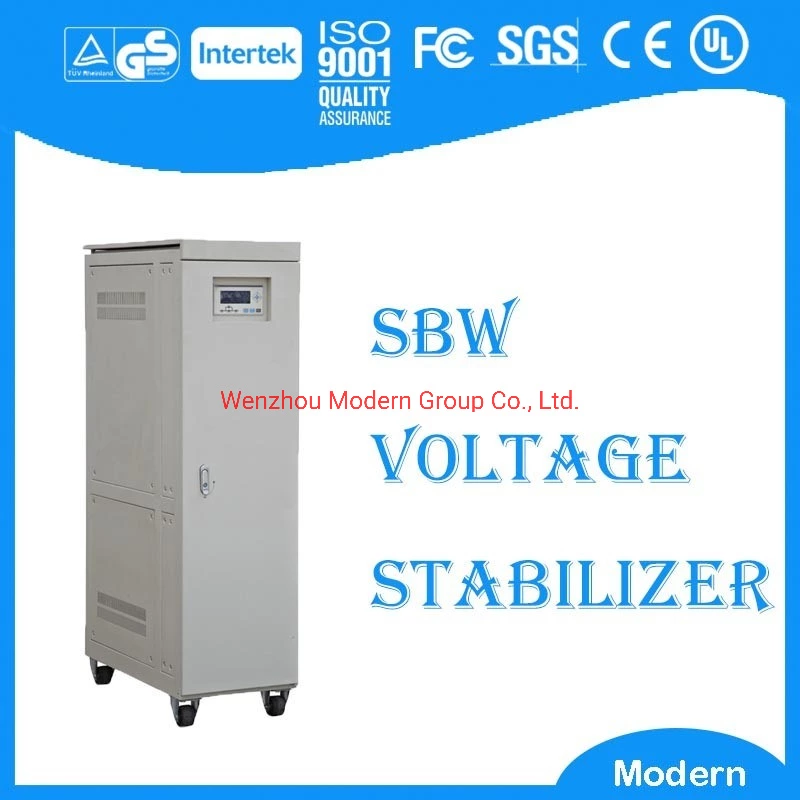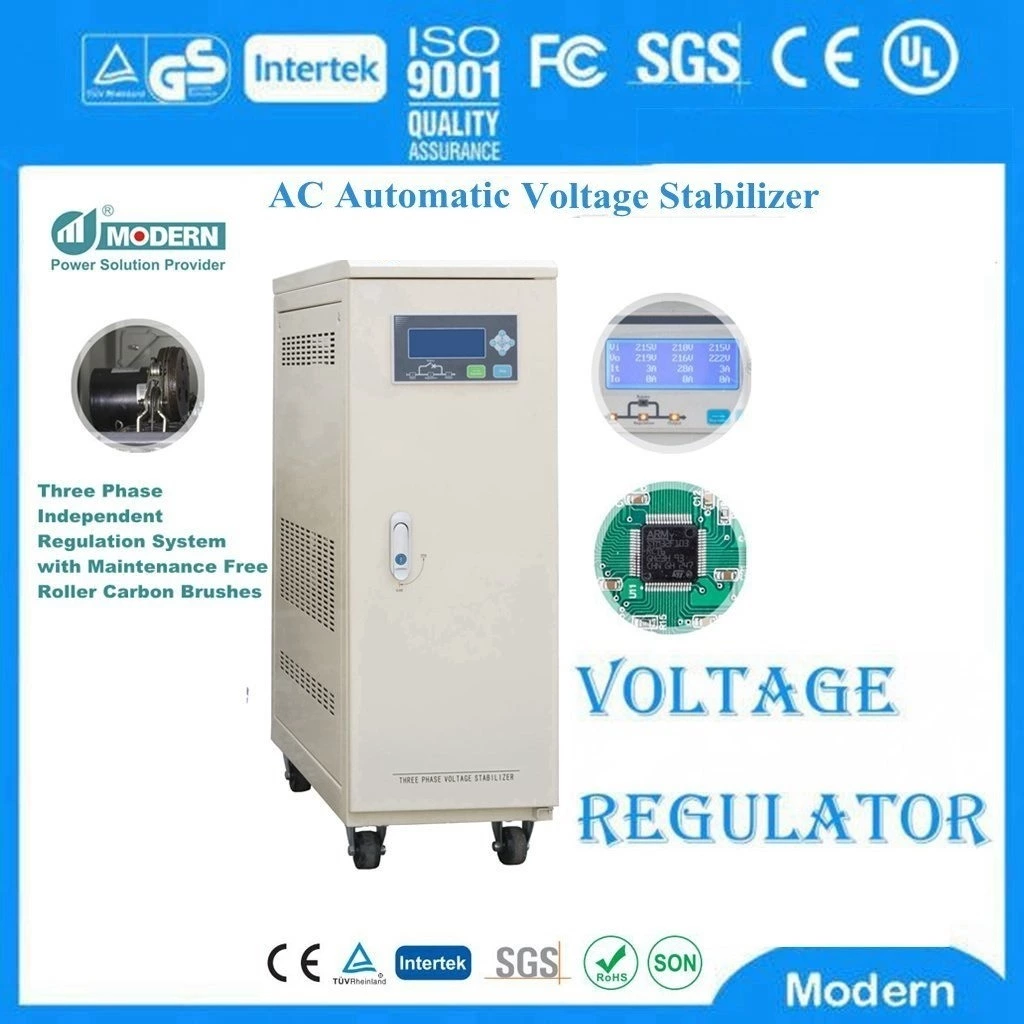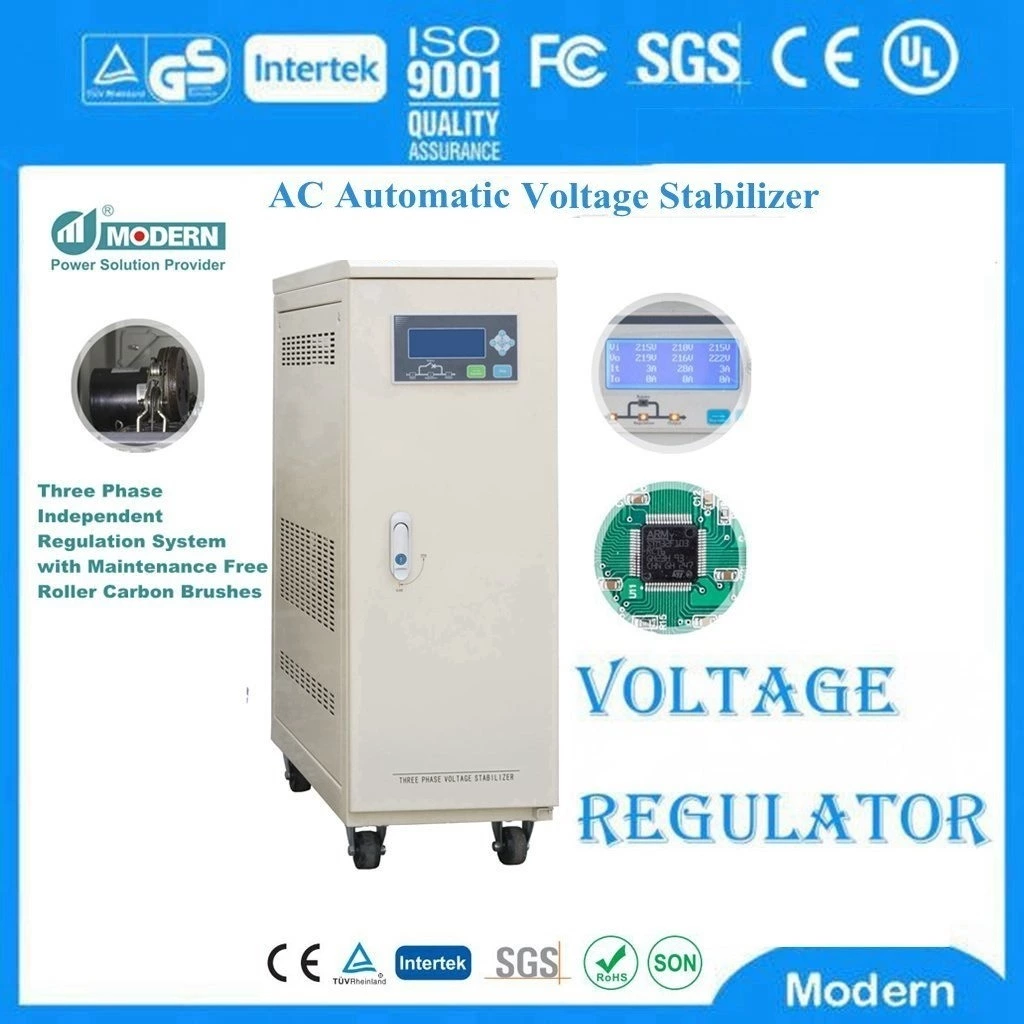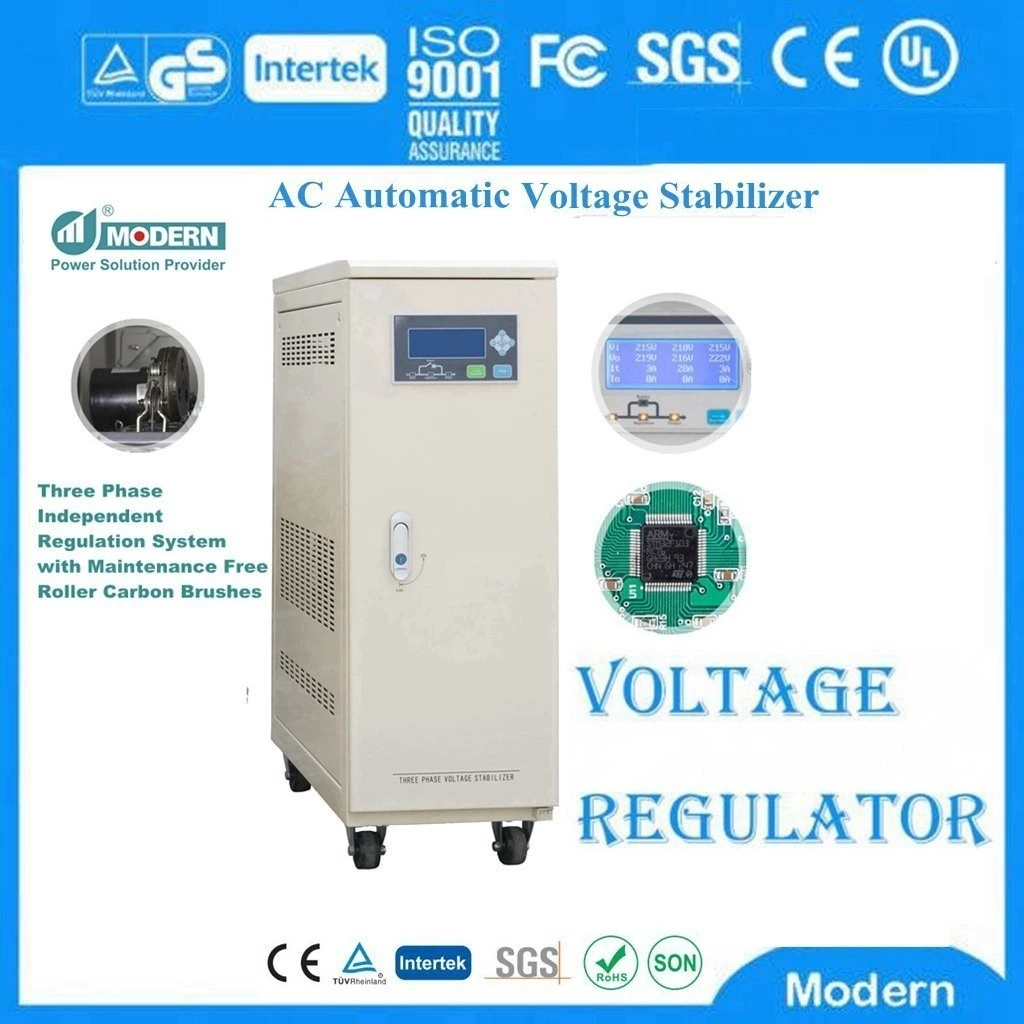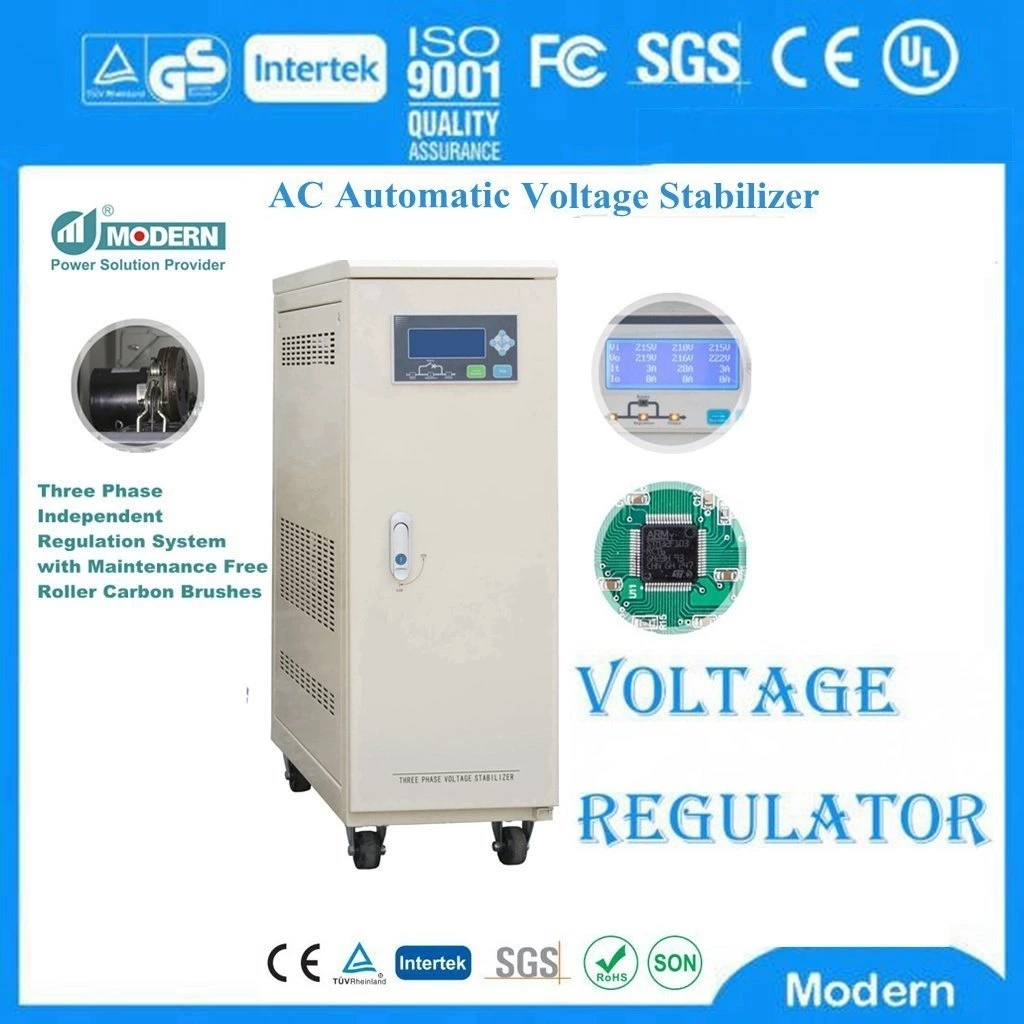Basic Working Principle Of Wide Range Voltage Regulator
There are many types of Wide Range Voltage Stabilizer, and the working principles of the main circuits are different, but basically (except for AC parameter voltage regulators) they are basically composed of input switch sampling circuit, control circuit, voltage
regulator, output protection device, drive device, display and and composition. The basic working principle block diagram is as follows:
1. Input switch: As the input working switch of the wide-range voltage regulator, it generally adopts a small air switch type circuit breaker with limited current protection, which can protect the wide-range voltage regulator and electrical equipment.
2. Voltage regulator: It is a device that can adjust the output voltage. It can increase or decrease the output voltage and is the main component of the voltage regulator.
3. Sampling circuit: It detects the output voltage and current of the wide-range voltage regulator and transmits the output voltage change to the control circuit.
4. Drive device: Since the control electrical signal of the control circuit is weak, a drive device is needed for power amplification and conversion.
5. Drive protection device: A device that connects and disconnects the output of the voltage regulator, generally using relays or contactors or fuses.
6. Control circuit: It analyzes the sampled circuit detection model. When the output voltage is high, it sends a control signal to the drive device to reduce the voltage, and the drive device drives the voltage regulator to lower the output voltage. When the output voltage is low, it sends a control signal to the drive device to increase the voltage, and the drive device drives the voltage regulator to increase the output voltage, so that the output voltage is stabilized to achieve the purpose of stable output.
When it is detected that the output voltage or current exceeds the control range of the wide range regulator. The control circuit will control the output protection device to disconnect the output to protect the electrical equipment. In normal conditions, the output protection device is connected to the output, and the electrical equipment can be supplied with a stable voltage.
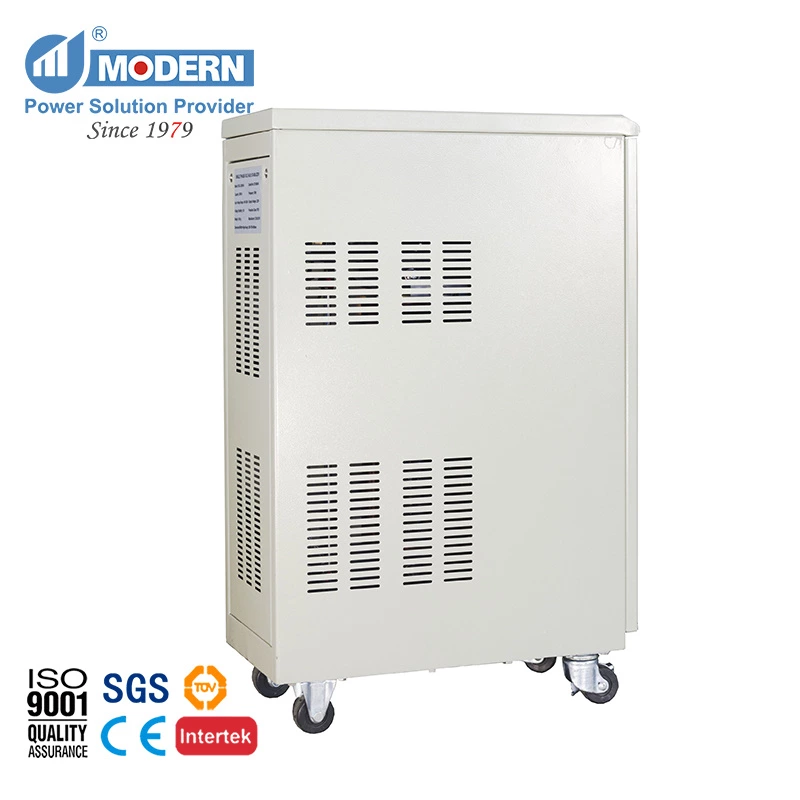
 Русский
Русский
 Français
Français
 Português
Português
 Español
Español
 اللغة العربية
اللغة العربية
